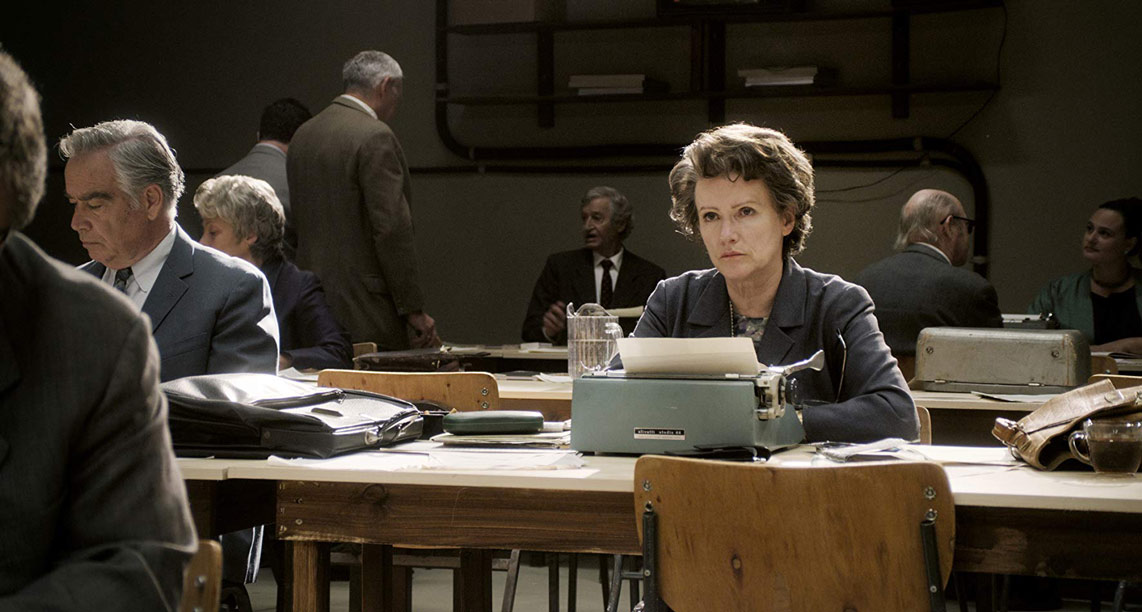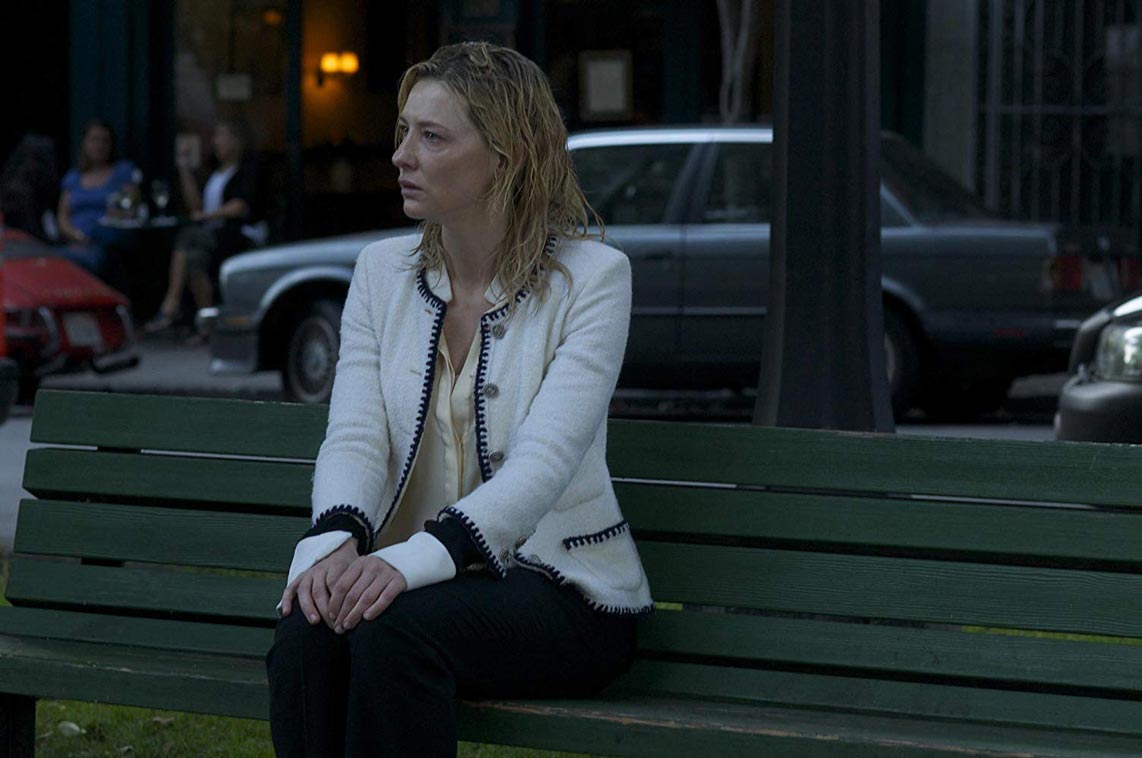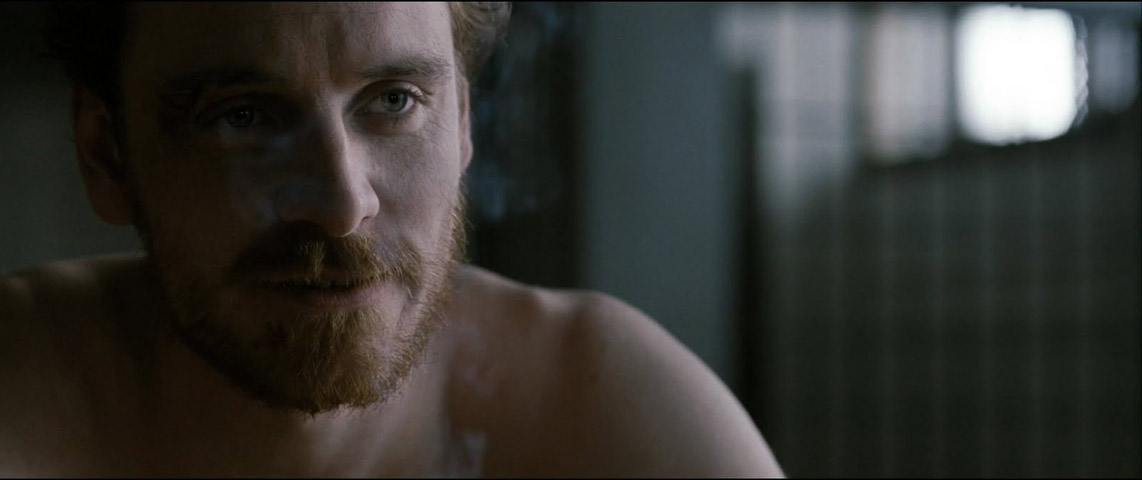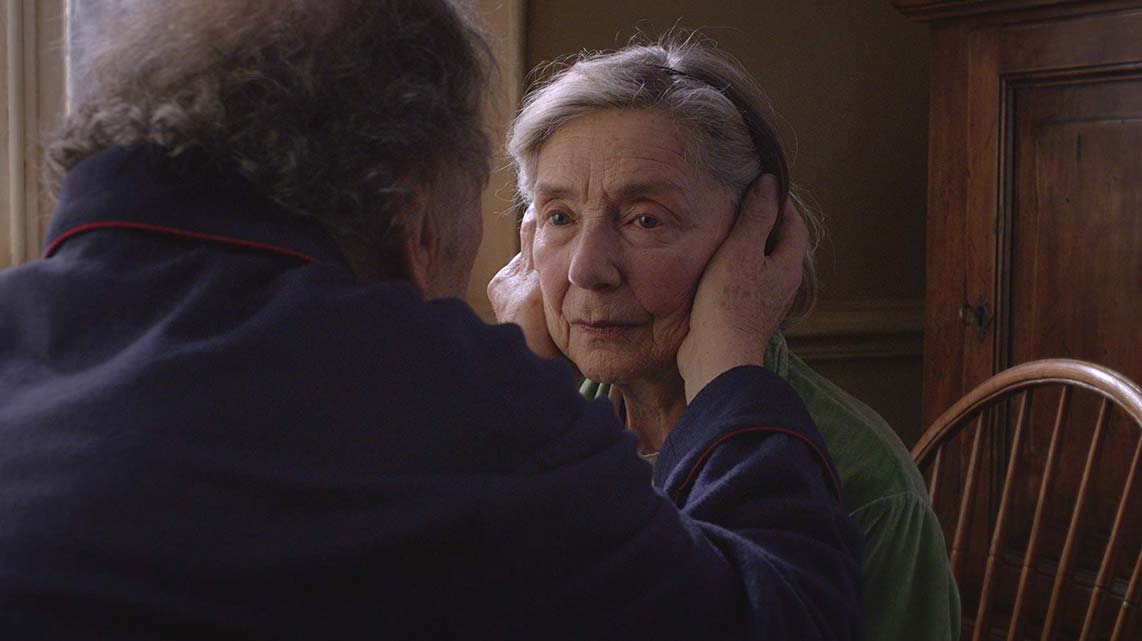Death in Venice, a Thomas Mann’s novel, was adapted to film by director Luchino Visconti in 1971. One of the most intoxicating works ever, much due to the filmmaker’s vision and mastery, who seems to have been touched by something ethereal, reaching the unattainable.
Luchino Visconti had a decisive role in the unfurling of the Italian neorealist movement. Obsession (1943), The Earth Will Tremble (1948), Rocco and His Brothers (1960) and The Leopard (1963) are some examples of his outstanding filmography.
At the beginning of the 20th Century, Gustav von Aschenbach (Dirk Bogarde), musician and composer, travels to Venice, a place he chose as a harbour to recover from a burn out. With that, he tries to spare some of his sanity and forget the memories that torment him, in particular his recent public performances, which were nothing but a failure.
As soon as the camera spots the first look of Aschenbach at Tadzio (Björn Andresen), a young Polish teenager who embodies the ideal of ethereal beauty, we immediately realize that this is the beginning of the path to his destruction.
All presumptions on intellectuality and erudition, which the composer had as certitudes, will be nullified by a visceral desire to follow all the steps and contemplate that young man until absolute exhaustion, with the image of what he had once been dissipating completely in the process. Aschenbach, in a vain attempt to delay the time, a latent reflection of his desperation, uses aesthetic artifices which turns him into someone repulsive and pathetic.
Visconti films, throughout the narrative, flashbacks to contextualize Aschenbach’s path with the intent of inculcating some humanism in that character. During that retrospective, Aschenbach recalls some moments of his own life that mirror the representations of his stature as a man.
The beach scenes are breath-taking, under Visconti’s magic gaze, who captures beauty in its most pure form, with the chords of the Adagietto from Mahler’s 5th Symphony echoing in a perfect symbiosis. Nevertheless, Visconti also shows us another side of Venice far from the typical idyllic scenery, with images loaded with great drama. Two distinct scenarios which depict the contrast between Tadzio’s youth and Aschenbach’s decrepitude.
The composer of another era has vanished; he can never contemplate his object of fascination again. Even before the cholera epidemic that devastated Venice, Aschenbach prefers death over Tadzio’s absence.
Luchino Visconti had the outstanding merit of keeping the integrity of Thomas Mann’s literary work, creating his own identity with a striking virtuosity. We only find one significant difference. In the novel, the protagonist is a writer. The director chose to turn this into a composer, because he believed that Thomas Mann was inspired by Gustav Mahler when he built the character of Aschenbach.
Dirk Bogarde is marvellous in the role of Aschenbach. In a narrative that lives of silences, his interpretation acquires even greater relevance through his looks, effeminate gestures, with his body expression being his greater strength. Words always fall short of his performance.
The film’s final scene, perhaps one of the most beautiful to watch, culminates in a supreme union of elements, like a symphony in which the notes are intertwined in a monumental composition, which we entrancedly and harmoniously see.
All our fears are portrayed. The obsession with the beautiful; the anguish fostered by physical decline; loneliness… DEATH in Venice, under the mantle of Sirocco, reverberating Mahler’s sublime music. If none of this convincing, Aschenbach’s departure and the eternal Tadzio will remain.





